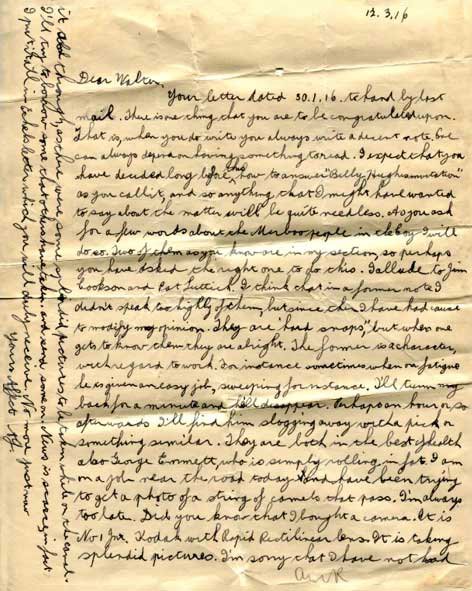The Tuck Family
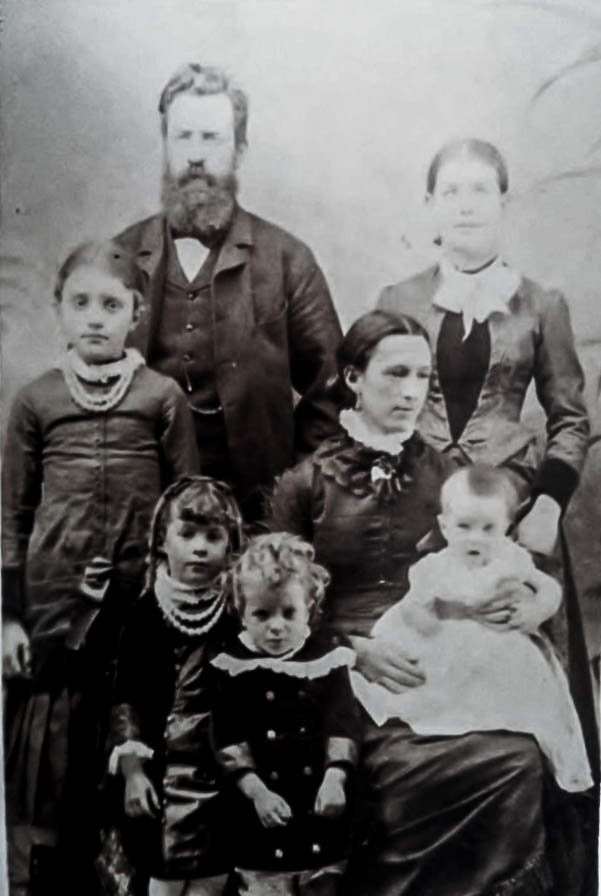
Alfred George Tuck, born in 1894, was the youngest son of James Tuck and his second wife, Mary Hannah Tuck (nee Town), making him the last of ten - six girls and four boys.
Mary was the daughter of a farming neighbour, but after seven hard years of farming, James moved into the township of Boort where he returned to his trade as a skilled sheet metal worker, tinsmith and plumber. Mary later became ill with typhoid fever and the family moved to Kyneton where Alfred was born.
Alfred was the youngest of the six children of James and Mary’s marriage. He was close to his siblings, keeping in contact with regular letters while he was overseas. Copies of letters from Alf to his sister, Ethel, and his brother, Walter, are included later within this story. The three letters give a flavour of life as a young soldier abroad.
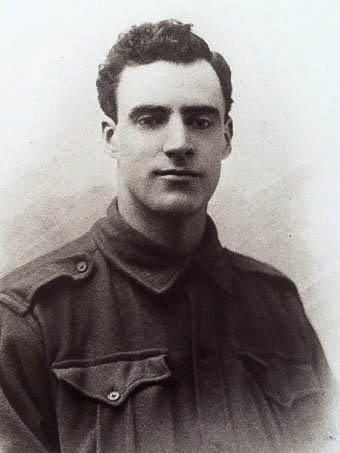
Family legend has it that Alfred’s brother, Stanley Thomas Tuck (1891-1956), was so upset at the disappearance and apparent death of his little brother that he also enlisted. Records show that Stanley (service no 1655) signed up in Kyneton on 20 November 1916, formally enlisting from 23 January 1917. As a second air mechanic with the 3rd Squadron, Australian Flying Corps, Stanley was based at Baillieu in the Messines area close to Amiens and his squadron was involved in many of the pivotal and historic moments in the aerial war on the Western front. It is believed Stanley witnessed the shooting down of Manfred von Richthofen, the ‘Red Baron”. Stanley kept a diary of his war service and this was later edited and self-published by his daughter, Gertrude Kirby. A copy is kept in the Australian War Memorial in Canberra (AWM C237228).
Alfred – Enlisted and in training
On 12th July 1915, Alfred George Tuck who had been serving in the 66th Battalion of the Citizen Forces, signed the oath of allegiance and the attestation papers to enlist in the Australian Imperial Force (AIF). Alfred was 21 years and two months old and passed as “Fit for Active Service” on that day.
He was assigned to the 29th Battalion which was raised in Victoria and under the command of Colonel Alfred Bennett. Initial training was at Seymour before later joining other units at Broadmeadows Camp. While at this camp, Alf took the time to write the following letter to his brother, Wally.
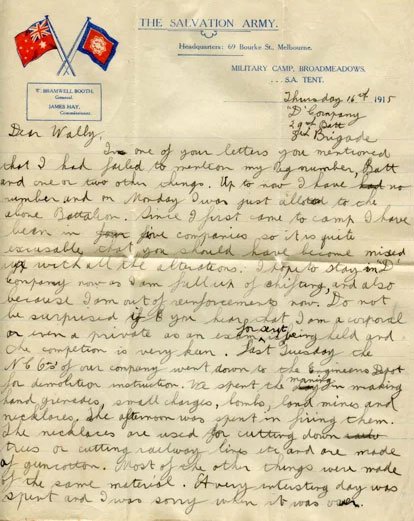
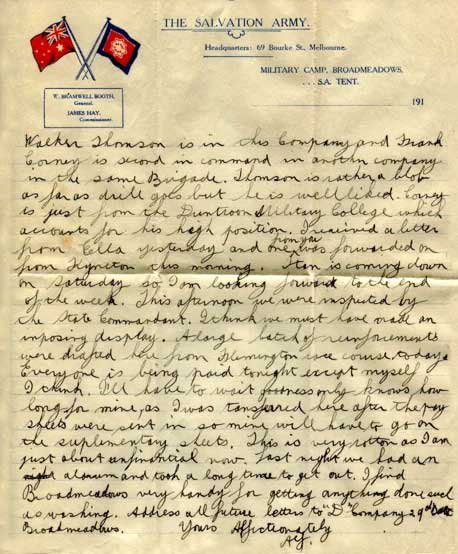
Embarking for Egypt
Alfred – with the 29th Battalion - embarked at Port Melbourne on the 10th November 1915 on board HMAT A11 Ascanius, disembarking at Port Suez, Egypt on 7th December 1915.
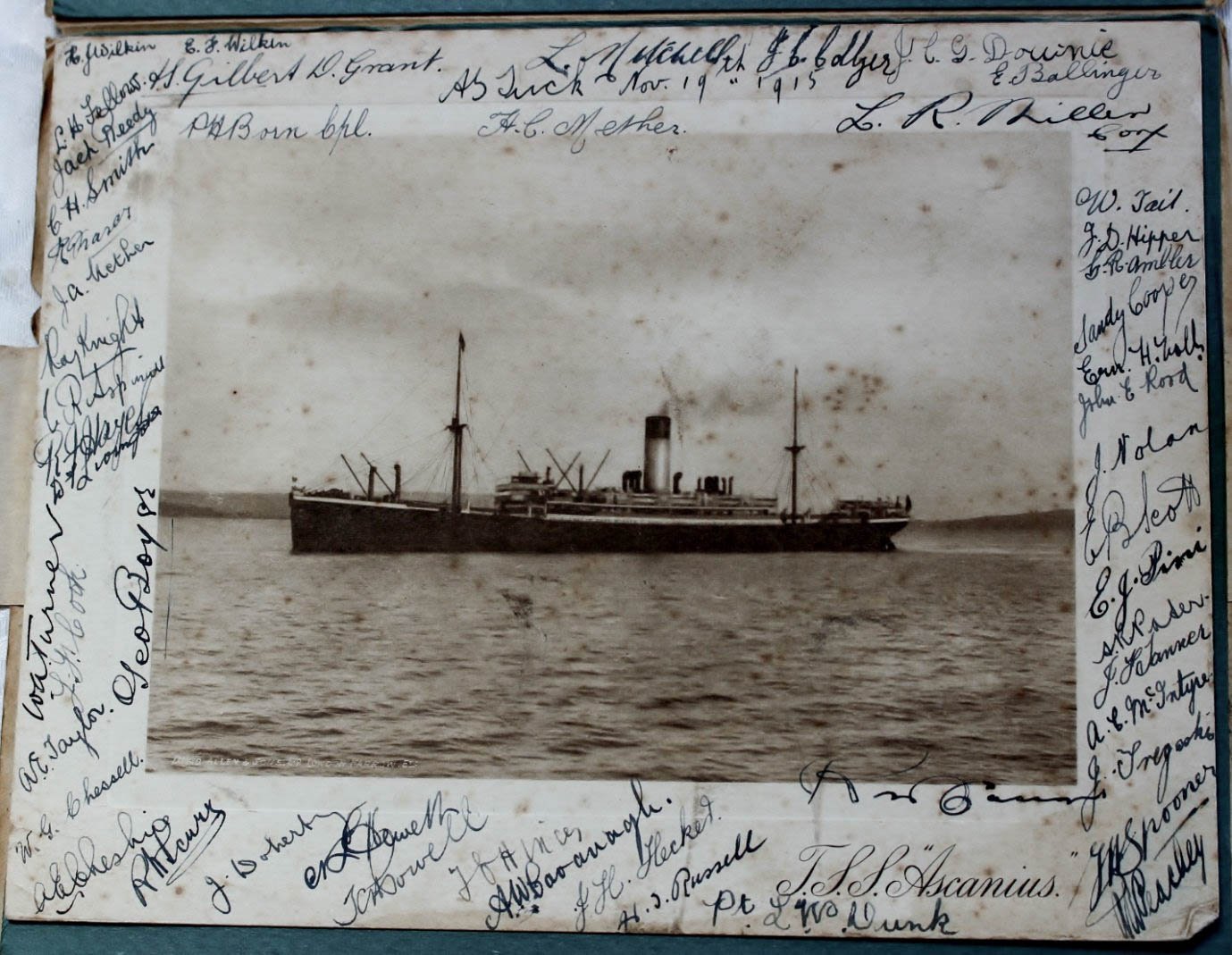
Whilst serving in Egypt, Alf kept up correspondence with his family. His letters to his sister, Ethel, in January 1916 and to Wally in March 1916 describe bits of his life while in Egypt – limited water, lots of sand, enjoying biscuits (despite damaging a tooth!), taking photos and singsongs in the tent – as well as sharing messages to and from home about family, friends and locals.
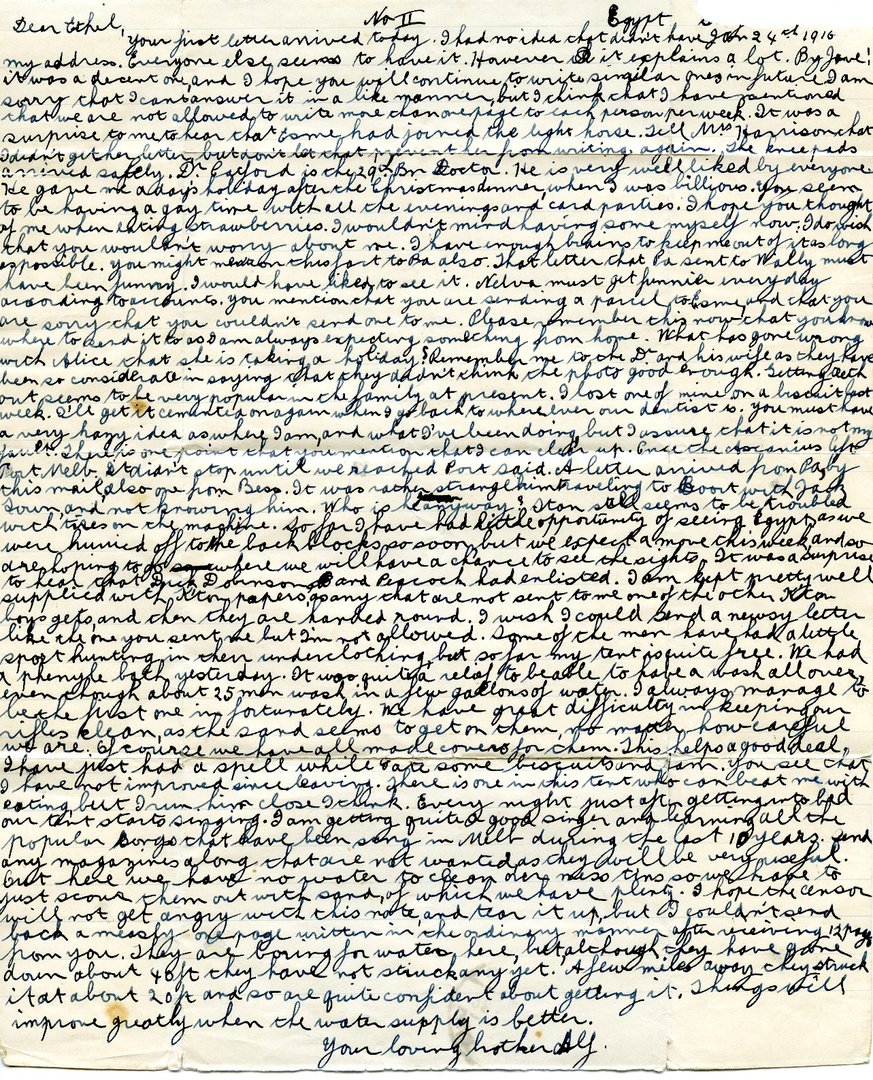
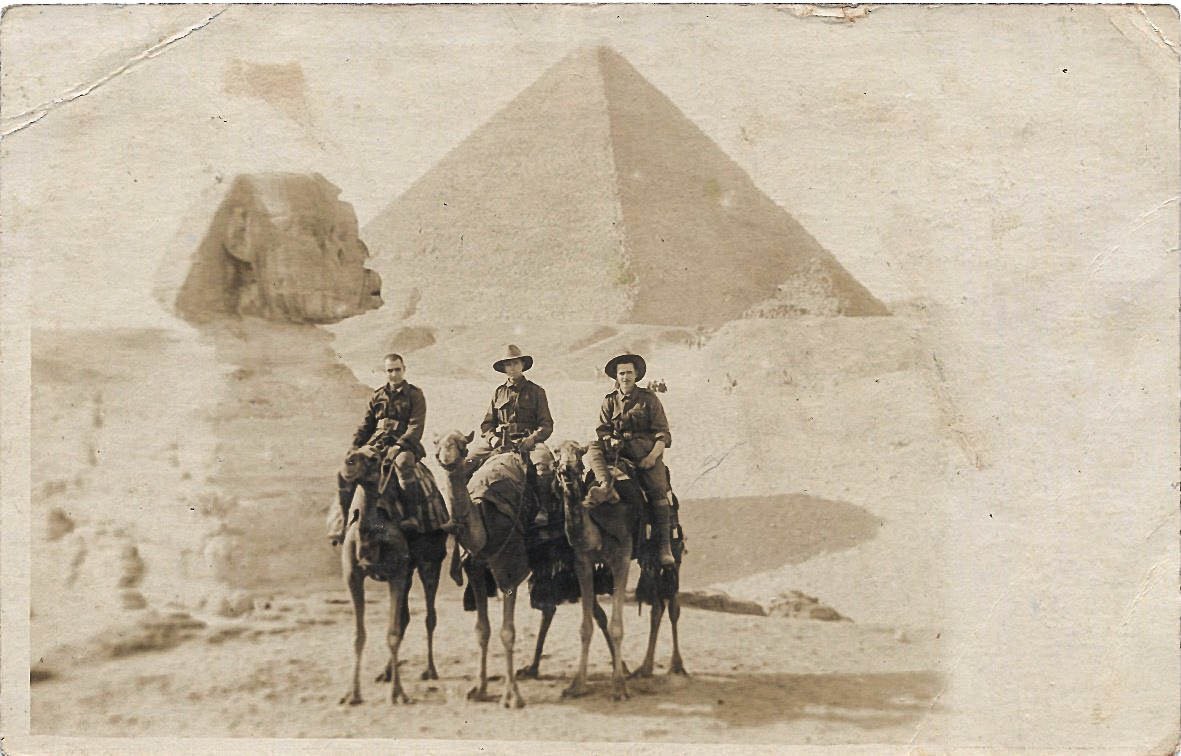
In Egypt, the Battalion was assigned to defensive duties to protect the Suez Canal from the Ottoman forces and they were also involved in intensive training before being transferred to Europe in June 1916. But they found time to visit the Pyramids and the Sphinx and to ride on camels. They were still young men on an adventure!

